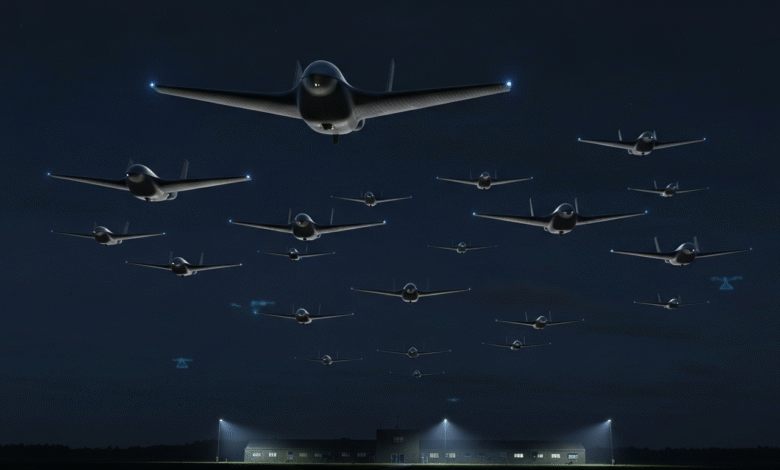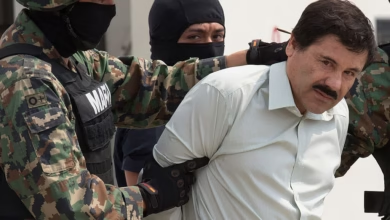The Ghost Fleet: Elsenborn Drones Expose the New Frontier of Digital Espionage

▼ Summary
– 15 unidentified drones conducted a coordinated flight over a Belgian military base before disappearing into German airspace.
– The drones demonstrated advanced autonomy through synchronized behavior and evasion of detection systems.
– They utilized AI-guided GPS and swarm technology for resilient, low-signature operations without constant human control.
– Modern drones carry sophisticated sensors like thermal and night vision cameras with real-time AI processing for instant target identification.
– This incident highlights the vulnerability of traditional air defenses to small, smart, and disposable aerial threats.
The baffling sighting of 15 unidentified drones over the Belgian military base at Elsenborn during the night of October 3, 2025, has cast a spotlight on the rapid, yet often unseen, evolution of aerial technology. The incident, where the devices were confirmed by a local observation system before silently crossing into German airspace, is a striking example of how small, unmanned aerial vehicles (UAVs) are fundamentally reshaping both surveillance and security policy across Europe. This wasn’t merely a few hobbyists; this was a coordinated technical operation, suggesting a level of sophistication now common in modern drone fleets.
The core mystery at Elsenborn lies not just in the number of aircraft, but in their synchronized behavior. Coordinating 15 devices simultaneously without being jammed or easily tracked points directly to advanced autonomy. Modern commercial and military-grade drones leverage highly refined systems, particularly AI-guided GPS and sophisticated route planning software. Unlike older, radio-controlled units that rely on continuous human input, these drones can operate almost entirely on pre-programmed flight paths.
This autonomy is critical for bypassing established countermeasures. By using AI-guided GPS, the drones can maintain precise formation, execute rapid evasive maneuvers, and navigate complex, low-altitude terrain while minimizing the need for constant, detectable radio communication. They can fly a ‘dark’ mission, meaning they only transmit data when necessary, or even employ mesh networking to share positioning among themselves, appearing as a single, fleeting radar echo to observers. Such swarm technology transforms a reconnaissance mission from a single vulnerability to a decentralized, resilient operation.
Furthermore, the intelligence gathered by such a fleet depends heavily on their sensor payload, what the user aptly termed smart cameras. Today’s compact UAVs can carry imaging systems far beyond standard video. They can be equipped with high-resolution thermal cameras to map heat signatures inside buildings, or powerful night vision sensors that render pitch-black conditions into daylight-clear imagery. These cameras are often paired with onboard processing units that use machine learning to identify targets in real time. For instance, a drone’s AI could instantly recognize and categorize specific military hardware or vehicle types without sending any raw data back until the mission is complete. This makes data collection swift and reduces the risk of interception.
The Elsenborn case vividly illustrates the growing technical disparity between a threat that is fast, smart, and disposable, and the defenses designed to stop it. As defense experts noted, the challenge lies in simply detecting and identifying these small flying objects. Traditional air defense systems are calibrated for larger, conventional threats, rendering them virtually blind to a low-flying, carbon-fiber aircraft that may be only marginally larger than a bird.
This transition from simple remote-control toys to intelligent, autonomous observation platforms represents a significant security hurdle. The silent disappearance of the 15 drones into Germany serves as a forceful reminder: the next era of digital espionage and intelligence gathering is played out in the skies above critical infrastructure, guided by resilient AI and invisible to all but the most advanced countermeasures.





